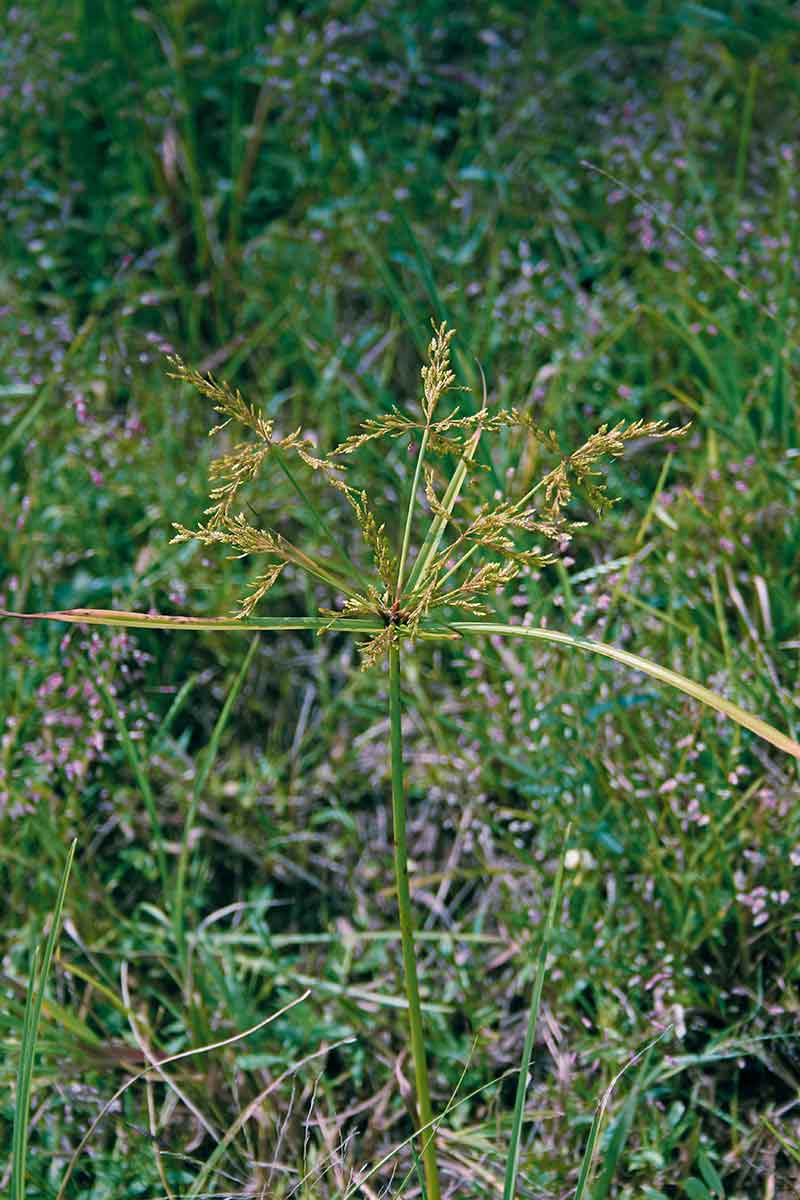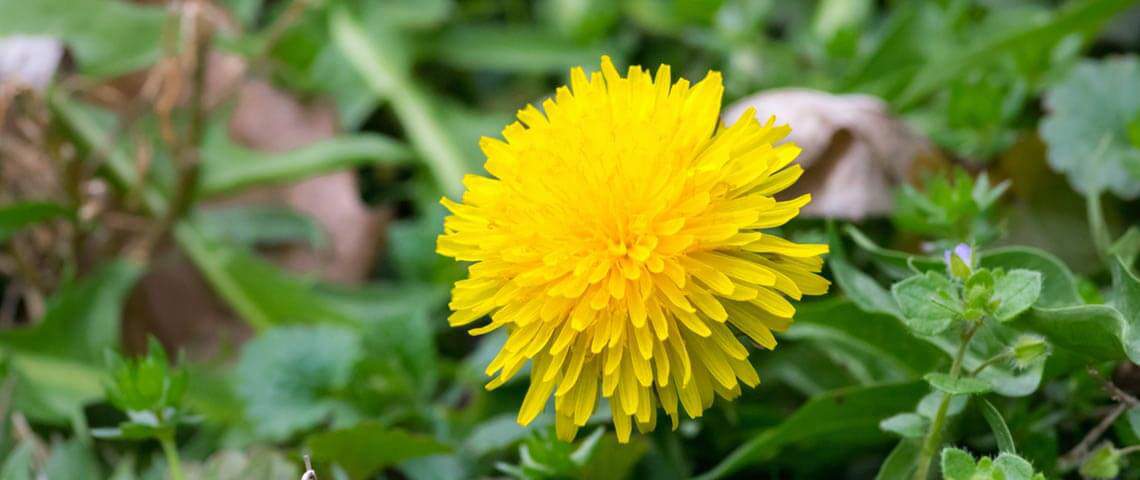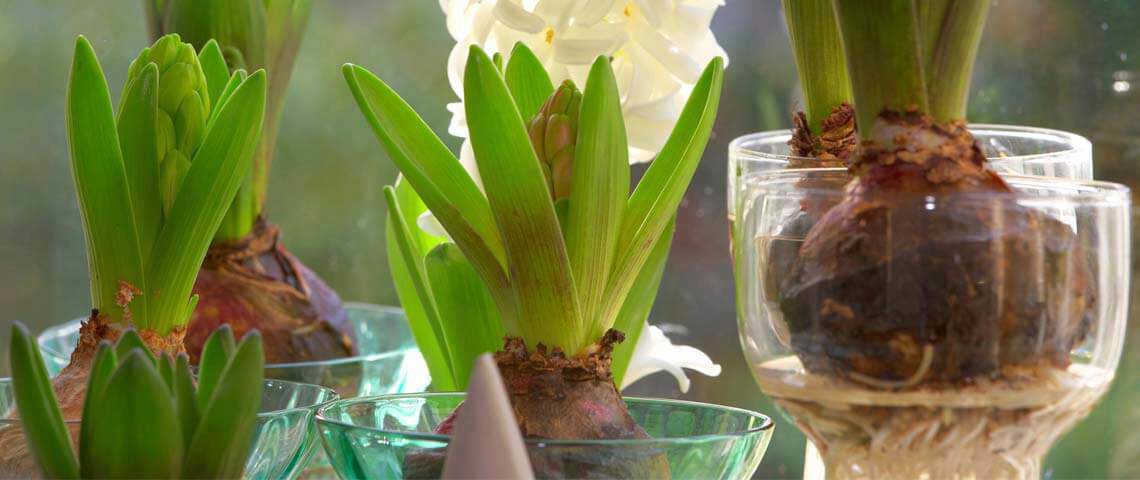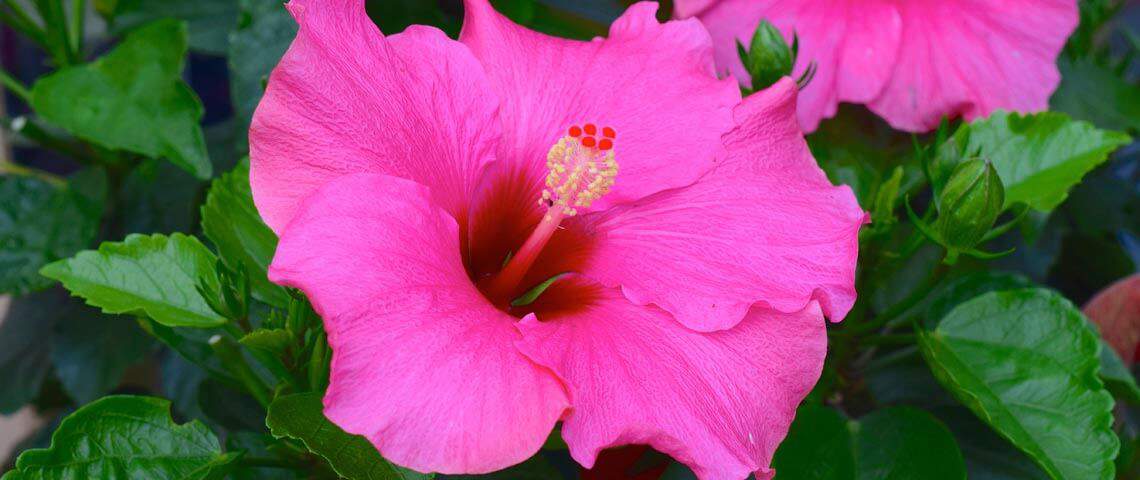How to Kill Turf Weeds Like Nutsedge, Crabgrass and Dandelion
Troublemaking turf weeds, such as nutsedge, dollarweed, crabgrass and dandelion, cause problems, even when just one of them shows up. But these tough characters tend to run in packs. When one appears, more are close behind. Unlike some common weeds that give up more easily, these tenacious invaders fight back — often with one or more backup plans to get around your treatments.
Quality crabgrass preventers and weed & feed products, such as Pennington Full Season Weed & Feed with Crabgrass Control 25-0-8, stop weed seeds from germinating and take care of many actively growing weeds. But some unyielding turf weeds refuse to give in.
Understanding How Tough Weeds Operate

For an inside look at how relentless weeds outmaneuver many homeowners, consider yellow nutsedge. The bane of homeowners and landscape professionals alike, this tough perennial weed resists all comers. Despite its grasslike leaves and common name of nutgrass, yellow nutsedge isn't a grass at all. It's not a broadleaf weed either — it's a sedge. Common weed grass killers and broadleaf weed killers, which work on most lawn weeds, are ineffective against this opponent.
Nutsedge spreads by seeds and underground stems known as rhizomes, but its primary route for turf takeovers is its underground tubers, known as nutlets. Nutlets store energy reserves and bear buds, sort of like potatoes do, and send up sprouts to form new plants. Penn State Extension reports that one year's worth of rhizome growth from a single nutsedge tuber can produce 1,900 plants with 7,000 new tubers. A single plant can produce 90,000 seeds in one season.1
A warm-season weed, nutsedge stays active during summer and often outgrows cool-season lawn grasses. It quiets down and dies back as temperatures drop in the fall, but the nutlets and rhizomes, which are a foot or more below the surface, stay protected, even in northern climates. In spring, tubers send up new shoots, which form new nutlets in six weeks or less. Before you know it, a 6-foot patch of nutsedge is out-competing your turf grass.
Other tough weeds have similar methods to evade control efforts. Dollarweed, known as pennywort in some regions, is a strong perennial broadleaf that also spreads by seeds, rhizomes and tubers. Crabgrass, an annual weed, keeps low to the ground, spreading and avoiding mower blades while producing up to 150,000 seeds per season. Dandelion, a perennial broadleaf weed, sinks a deep taproot that reaches down 2 to 3 feet. Unless it's killed to the tip, it'll be back to spread billowy seed through your lawn and lawns nearby.
Try to dig or pull any of these tough lawn weeds out and you'll usually aid their cause, leaving rhizomes, nutlets or taproot bits to multiply and grow. They'll even hitch a ride on your gardening tools to get to a new location.
Meeting the Challenge
Tenacious turf weeds call for a powerful response, but it must be one that lawn grasses can handle. Non-selective herbicides are tough, but they kill all plants indiscriminately and don't stop to ask if a plant's a weed or a cultivated grass. Contact herbicides kill the weed above ground, but don't travel to the roots. That leaves everything below ground free to return.
In the past, treating persistent weeds called for careful, compatible mixing or multiple herbicides, but Image Herbicides Crabgrass, Nutsedge & Weed Killer for Lawns Ready-to-Spray selectively target difficult sedges, crabgrass and broadleaf weeds, effectively killing weed shoots, roots and nutlets in most lawn grasses.* Unlike many herbicides, these products can be used on weeds in established lawns in both northern and southern regions, without harming the following grasses:
Cool-season grasses:
- Kentucky Bluegrass
- Rough Bluegrass
- Fine Fescue
- Tall Fescue
- Perennial Ryegrass
Warm-season grasses:
- Common Bermudagrass
- Hybrid Bermudagrass
- Buffalograss
- Centipedegrass
- Seashore Paspalum
- Zoysiagrass
IMAGE All-in-One Weed Killer's dual-action attack works through both leaves and roots to control problem weedgrasses, sedges and broadleaf weeds, with visible results in less than 24 hours.
Getting the Most From Your Efforts
For best results with tough, hard-to-control turf weeds in lawns in northern or southern regions, follow these application tips:
- Apply Image Herbicides Crabgrass, Nutsedge & Weed Killer for Lawns when weeds are small and actively growing — ideally, when weeds are less than 3 inches high. This catches nutsedge sprouts, for example, before they form new tubers.
- Spray directly on newly emerged and established sedges, broadleaf weeds and weed grasses, and cover all plant surfaces thoroughly for optimal control. Avoid overspraying onto non-target plants.
- Treat weeds when no rain is in the forecast for at least 24 hours, and turn off any automatic irrigation. If within seven days rainfall amounts don't total at least 1/2 inch, irrigate your lawn grass with at least that amount.
- Apply Image Herbicides Crabgrass, Nutsedge & Weed Killer for Lawns when soil is moist. Well-watered weeds absorb the treatment and move it through the plant more swiftly. Weeds stressed during hot or dry weather often shut down to limit moisture loss, which also limits herbicide absorption and movement. Lawn grasses are more vulnerable when stressed, too.
- Don't mow right before application. Taller weeds have more leaf and stem surface to absorb the treatment. The same thing applies afterward: don't mow right away. Give weeds several days to move the treatment down into their roots and rhizomes and effectively isolate their tubers.
- Treat persistent and newly emerged weeds as necessary for season-long control. Apply a second application of IMAGE Herbicides Crabgrass, Nutsedge & Weed Killer for Lawns four to six weeks after the initial treatment, if needed.
When turf weeds get tough, get tougher and forget about multiple products. With the help of Image Herbicides Crabgrass, Nutsedge & Weed Killer for Lawns, you can break through weed defenses and tackle a broad spectrum of weeds in a single, simple pass.
* Never use any weed product on a turfgrass unless the grass is noted on the product's label.
Pennington is a registered trademark of Pennington Seed, Inc. Image is a registered trademarks of Central Garden & Pet Company.
RESOURCE:
1. Lanini, W. Thomas and Wertz, Betsy Ann, “Yellow Nutsedge," Penn State Extension,





